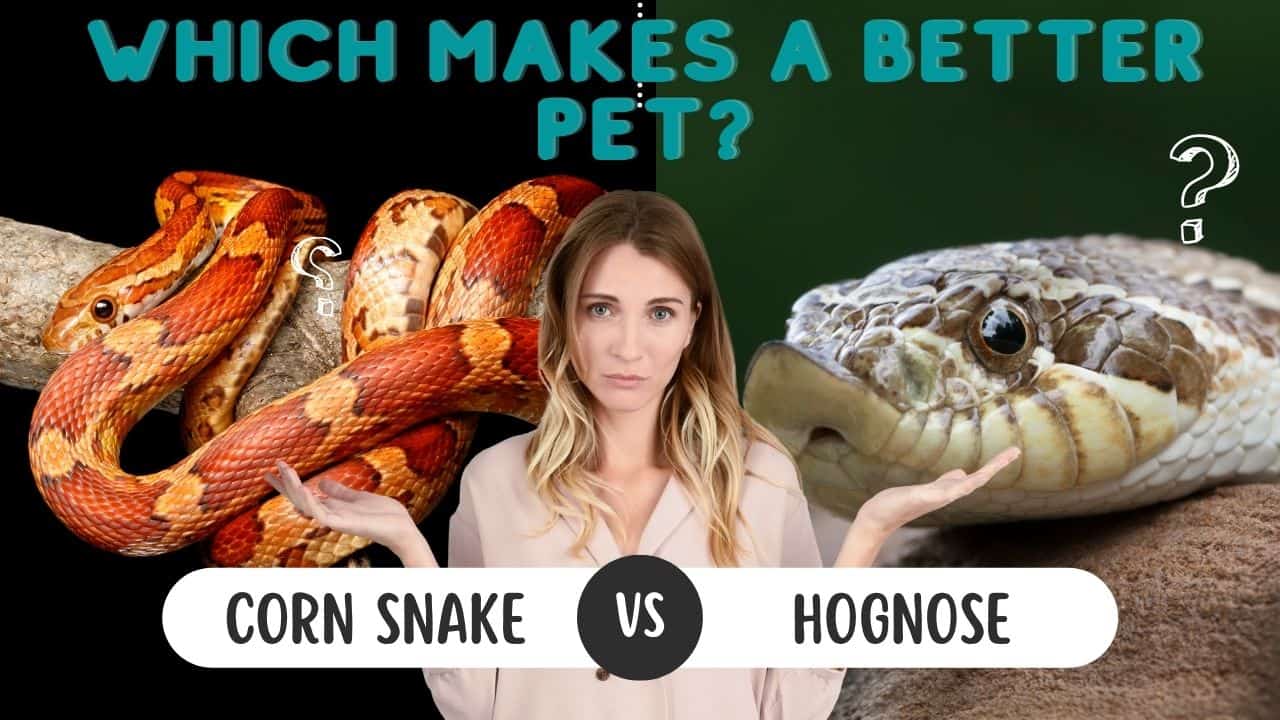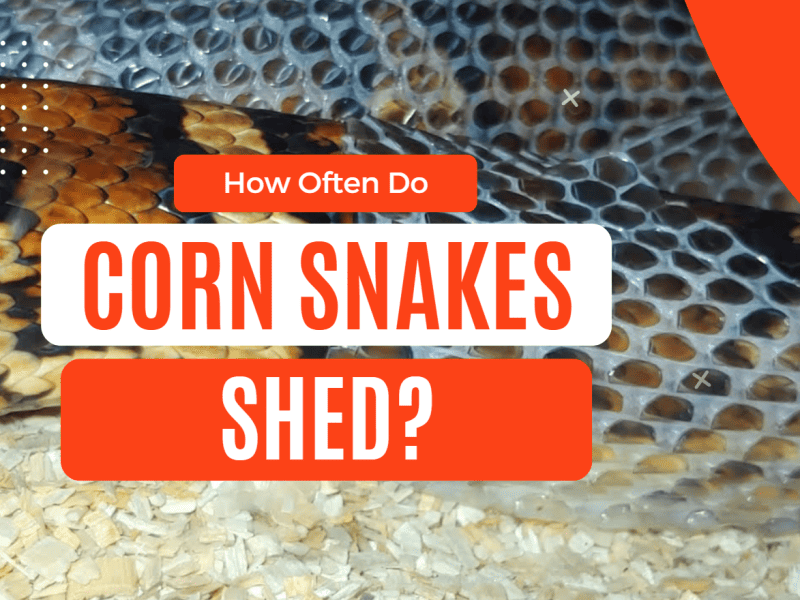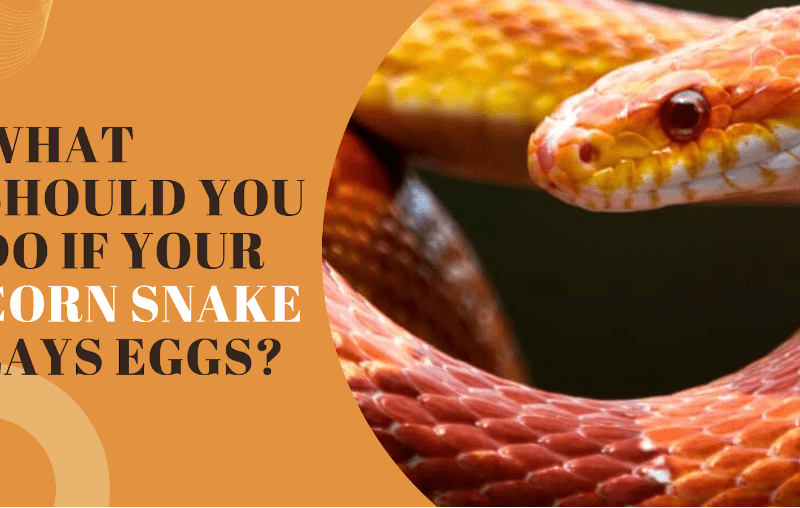Are you considering whether to get a corn snake or a hognose as a pet? Well, let me tell you which one is better for your home! Corn snakes are typically calmer and less assertive than hognoses, making them a better choice if you’re looking for a non-threatening pet. Additionally, corn snakes are relatively easy to care for and can live in smaller spaces than hognoses. So if size is an issue, go with the corn snake!
When it comes to choosing a pet snake, there are a few factors to consider. Do you want a smaller snake or a larger one? Do you want a docile snake or one that is more active? One of the most popular choices among snake enthusiasts is the corn snake. Corn snakes are relatively small, typically reaching about 4 feet in length as adults. They are also very docile, making them ideal for first-time snake owners. Another popular choice is the hognose snake. Hognose snakes are slightly larger than corn snakes, averaging around 5 feet in length as adults. They are also known for being quite docile, although they can be more active than corn snakes at times.

Size and Appearance
When it comes to size, corn snakes and hognose snakes are quite different. Corn snakes typically grow to be about 3-4 feet long, while hognose snakes can grow to be anywhere from 2-4 feet long. As for appearance, corn snakes tend to be a bit sleeker and have rounder heads, while hognose snakes have a more triangular head shape. Both types of snakes come in a variety of colors and patterns, so there’s really no way to tell them apart based on looks alone.
Habitat and Diet:
Both corn snakes and hognose snakes are found in North America. Corn snakes tend to live in the southeastern United States, while hognose snakes are found in the midwestern and eastern parts of the country. As for diet, both types of snake eat small mammals such as mice or rats. Corn snakes will also eat lizards and birds, while hognose snakes primarily eat amphibians like frogs or toads.
Behavior:
Corn snakes and hognose snakes have different behaviors as well. Corn snakes are generally docile creatures that make great pets. They’re not known for being aggressive, but they will bite if they feel threatened. Hognose snakes, on the other hand, are much more prone to aggression. They’re also known for their “death rolls” where they roll over onto their backs and thrash around when they feel threatened. This behavior can be dangerous for both the snake and any potential predators
Temperament
There are two types of temperament in snakes – the corn snake and the hognose. The corn snake is a docile, easygoing snake that is perfect for first-time snake owners. They are generally calm and curious, and make great pets. On the other hand, hognose snakes can be more aggressive and high-strung. They are also known to be escape artists, so they may not be the best choice for beginners.

Diet
In the animal kingdom, there are many different types of diets that can be adopted in order to survive. For example, some animals are carnivores and only eat meat, while others are herbivores and only eat plants. There are also omnivores, which is a term used to describe animals that eat both meat and plants.
One type of omnivore is the hognose snake. Hognose snakes are found in North America and typically have a diet that consists of rodents, lizards, frogs, and birds. They will also occasionally eat eggs and carrion.
Another type of omnivore is the corn snake. Corn snakes are found in the southeastern United States and typically have a diet that consists of rodents (particularly mice), lizards, birds, and insects. They will also occasionally eat eggs as well as fruit (such as strawberries).
So what’s the difference between these two types of omnivores? Well, one main difference is their preferred food source. Hognose snakes prefer to eat reptiles and amphibians while corn snakes prefer to eat mammals (particularly rodents). This difference in diet can be attributed to the fact that hognose snakes evolved from lizard-eating ancestors while corn snakes evolved from rodent-eating ancestors. Additionally, hognose snakes tend to be more aggressive than corn snakes and will often strike at their prey with great force; this behavior is likely due to the fact that they sometimes need to kill larger prey items in order to survive. Corn snakes, on the other hand, are generally more timid and will usually try to avoid confrontation altogether; this behavior likely stems from their primary diet consisting of small mammals that can easily escape if given the chance.
Ease of Care
When it comes to corn snakes vs hognose, there are a few key differences in terms of ease of care. For one, corn snakes are generally considered easier to care for than hognose snakes. This is because they are less prone to health problems and have simpler husbandry requirements. Additionally, corn snakes are typically more docile than hognose snakes and therefore less likely to bite or strike their owners.
Another key difference between these two types of snakes is in their feeding habits. Corn snakes will typically eat pre-killed prey items, while hognose snakes often prefer live food. This can make feeding hognose snakes more challenging (and potentially dangerous) for inexperienced snake owners.
Overall, corn snakes are generally easier to care for than hognose snakes. They are less likely to experience health problems and have simpler feeding requirements. Additionally, their docile nature makes them less likely to bite or strike their owners.
Lifespan
When it comes to lifespan, corn snakes and hognose snakes are pretty similar. Both species typically live between 10 and 20 years in captivity, with some individual snakes living even longer. In the wild, however, their lifespans are shorter due to predation and other risks.
Corn snakes and hognose snakes both belong to the colubrid family, which is a large group of mostly non-venomous snakes found all over the world. Within this family, there is a great deal of variation in size, appearance, and habits. Some colubrids are arboreal (tree-dwelling), while others are terrestrial (ground-dwelling). Some are strictly diurnal (active during the day), while others are nocturnal (active at night).
Corn snakes and hognose snakes have a few things in common that set them apart from other members of their family. For one thing, they both have heat-sensing pits on their faces that help them locate prey. They also both have relatively short lifespans compared to other snake species; in captivity, they typically live for 10 to 20 years, although some individual snakes may live much longer.
In the wild, however, their lifespans are shorter due to predation and other risks. Corn snakes are particularly vulnerable to being eaten by birds of prey such as hawks and eagles. Hognose snakes are also sometimes eaten by predators such as raccoons or skunks, but they have a few defenses against these predators that corn snakes lack. One is their ability to play dead when threatened; another is the fact that their skin is coated in toxins that make them taste bad to potential predators.
Pros and Cons
There are pros and cons to keeping either a corn snake or hognose snake as a pet. Both snakes are relatively small, easy to care for, and make great first pets for reptile lovers. However, there are some key differences between the two species that potential owners should be aware of before making a decision.
Corn snakes are native to the southeastern United States, while hognose snakes are found in the Midwest and Great Plains region. This means that corn snakes are more accustomed to warmer temperatures than hognose snakes. As such, corn snakes require a terrarium with a basking spot that maintains a temperature of around 80-85 degrees Fahrenheit, while hognose snakes can tolerate cooler temperatures in the mid-70s.
Another difference between these two species is their diet. Corn snakes primarily eat rodents, while hognose snakes will also eat amphibians and reptiles in addition to rodents. This means that potential owners must be comfortable feeding their pet live prey items on occasion. Some people may feel squeamish about this, so it’s something to consider before choosing either type of snake.
Finally, corn snakes and hognose snakes have different dispositions. Corn snakes tend to be shy and reserved, while hognose snakes are more outgoing and curious by nature. This is simply a matter of personal preference, but it’s something to keep in mind when making your decision.

Conclusion
There are many differences between corn snakes and hognose snakes, but the most notable difference is their feeding habits. Hognose snakes are opportunistic feeders, meaning they will eat anything they can catch. Corn snakes, on the other hand, are strict carnivores and only eat animals that they can kill. This means that hognose snakes have a much wider range of potential prey items than corn snakes. Another difference between these two species is their skin coloration. Corn snakes are typically red or orange with black stripes running down their bodies, while hognose snakes can be a variety of colors including brown, black, and even pink! Finally, corn snakes typically grow to be longer than hognose snakes. Adult corn snakes can reach lengths of up to 6 feet, while hognose snakes usually only grow to be around 3-4 feet long.



